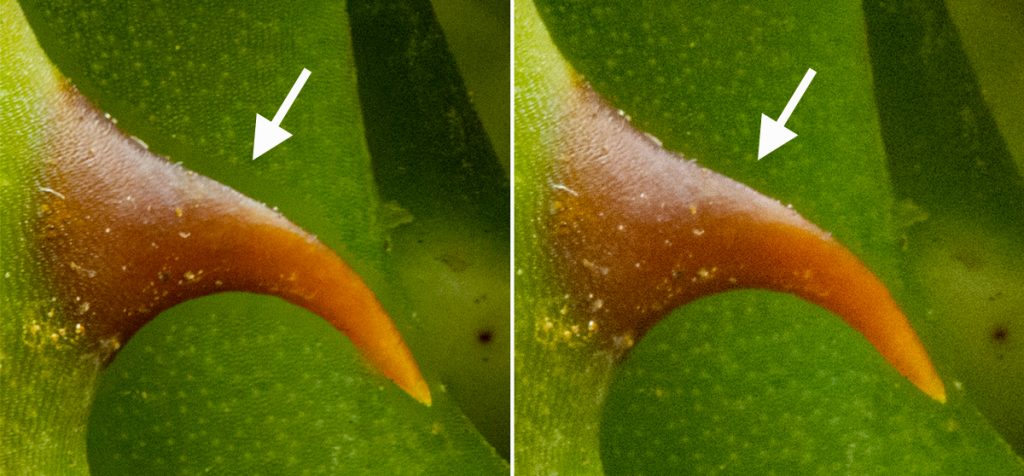

It will require manual retouching, which is relatively easy in HeliconFocus.
HELICON FOCUS VS PHOTOSHOP SOFTWARE
Rik Littlefield is very knowledgeable about these things, and his Zerene Stacker software cannot do it either, unless one uses some tricks with mixing of multiple renderings. Zerene Stacker is also a very powerful tool, but it also cannot automatically solve the common issues around high contrast edges as demonstrated in this thread. However, the built-in HF functionality is very useful for fast retouching, because it can pull in any source image or earlier rendered result as source for retouching with little effort. It's described here.Īlternatively, one can make several renderings, one optimized for edges, one for surfaces, and use these to make a new stack, if needed in Photoshop. It also allows to adjust the brightness of the area that will be copied, because both may have different original exposure, and the brush has a live preview to allow and match the required exposure level of the copy before actually copying. It's easier to do than to explain, but the retouching functionality is very useful. The source and destination image are shown side by side, so one can choose which looks better, and only paint in the better source areas. In Helicon Focus, on the Retouching tab, one can select any of the original layers to use as source for retouching certain areas of the image, but there is also a button called 'Use another output as source' which allows an alternative earlier rendering (different method or with different parameters) to be the source for copying. The Pro/Premium versions have great retouching capability of the layer masks, but one can also export masked layers to Photoshop for further tweaking there. So while Method A is my first preference with method B following closely, I may mix it with edges from method B or C. 'Method C' is good at finding very complex edge and occlusion detail, but will alter contrast and tends to enhance the impression of glare. 'Method B' is very good at rendering textures on smooth surfaces, and can do a better job on sharp edge detail. because the left and right side of the lens entrance pupil have a slightly different perspective, like looking while alternating with one's left and right eye closed). However, it may occasionally have issues with occlusions and edges, leaving a somewhat halo like edge where the lens allowed to look a bit behind an edge (e.g. 'Method A' is very good at maintaining color, contrast, and surface detail. Helicon Focus offers several methods/algorithms to determine the best parts of a focus stack.


 0 kommentar(er)
0 kommentar(er)
